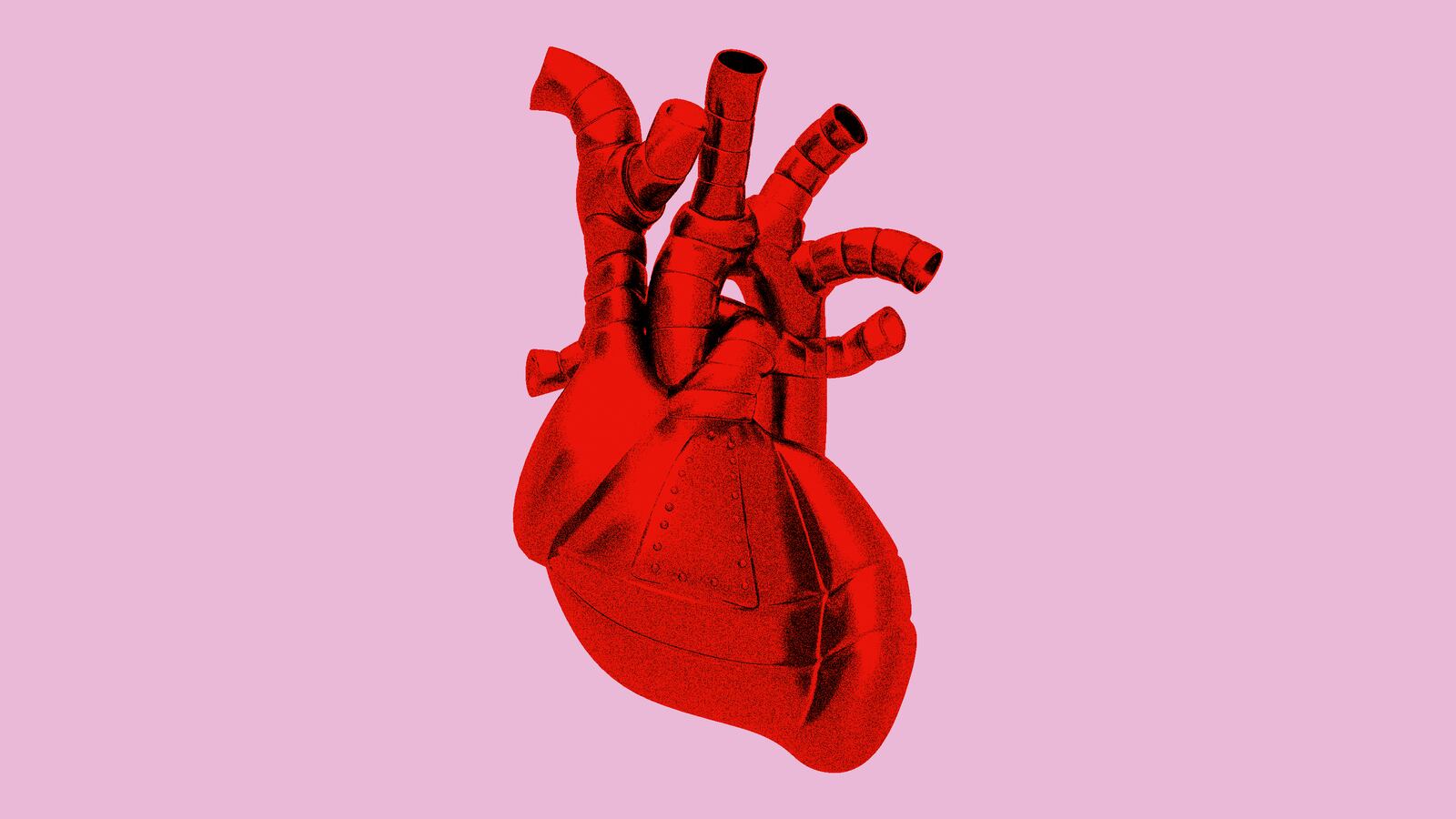Heart disease is the number one cause of death in the U.S. and around the world. In most cases, a heart transplant is the best way to save someone’s life and give them the opportunity to live a longer, healthier life. But there are unfortunately not enough hearts available to meet demand. About 20 percent of patients who need a heart transplant die on the waiting list, and many must still deal with potential complications like transplant rejection even if they do receive a new heart.
One potential solution to this problem is to bypass it completely (no pun intended)—manufacture artificial human hearts via 3D printing or other methods when a patient needs a transplant. With 3D printing, researchers are developing techniques to print cells on scaffolds to create parts of the heart in hopes of one day creating a full human heart. There are also newer methods being developed to create an artificial heart that resemble 3D printing but may have significant advantages.
Any of these projects could one day revolutionize heart health as we know it. But first, they have to prove they can work.
The advent of 3D printing is something organ researchers are taking a very close look at—and for good reason. If we could print structurally sound human hearts using actual heart cells, we could create something that is specific to the patient and doesn’t require an organ donor at all. The chances of an organ rejection would be extremely low.
But building a human heart from scratch is about as difficult a task as you could possibly imagine. The human heart is one of the most complex organs to have evolved on Earth—primarily because its mechanics are unique.
At its core, the heart is a pump for passing blood through the lungs to become oxygenated, and then out to the rest of the body to deliver that oxygen to every single cell. But this pump doesn’t simply expand and contract. It actually twists as it contracts to allow it to eject more blood. The twisting gives the heart some torque—similar to wringing out a wet cloth. If researchers are going to manufacture a working human heart, they’ll need to replicate this function of the heart.
Kit Parker, a bioengineer at Harvard University, has spent much of the last couple of decades working on developing the systems needed to create artificial human hearts. Earlier this year, he unveiled a breakthrough: a new method for creating a heart ventricle (one of the two types of chambers in the organ) that actually diverges from traditional 3D printing. This method, called Focused Rotary Jet Spinning (FRJS), can produce the ventricle at a much faster rate.
FRJS involves spinning out a liquid polymer on a jet stream and having it collect on a scaffold where it then solidifies and turns into fibers. With this technique, Parker is able to replicate the helical structure of the heart that allows it to twist. The temporary scaffold, which will eventually be dissolved, can then receive a layer of heart cells.
The cells are what are called “induced pluripotent stem cells,” which means they can be created by taking some skin cells from a patient, reverting them to the stem cell state and then manipulating them to produce heart cells. Since the original skin cells that are used come directly from the patient, the transplant won’t be rejected like it may be when it comes from a donor.
“You want those cells to feel like they’re in a real heart. You have to create a microenvironment or a scaffold that creates the same type of geometric boundary conditions and the same type of chemical boundary conditions,” Parker told The Daily Beast. “That’s what we’re able to do with these fibers.”
According to Parker, it would take weeks to produce a viable human heart valve through 3D printing. FRJS can produce one in an hour. That kind of timing could spell the difference between life and death for a patient in need, where every minute counts. He believes we could use FRJS to produce parts of hearts for patients within a few years; and full hearts within a decade or so. The modularity of FRJS also means that it can be used to remedy a specific problem—no need to wait on an entire donor heart if one specific tissue or part of the organ can be replaced.
“What we’re trying to understand now is do you build this in a modular fashion and put it together like Lego or do you build it all at once? It’s probably going to be some version of a modular heart,” Parker said.
Still, there is a lot of testing and troubleshooting to finish up before FRJS, or any other method for building an artificial heart, can be applied to real patients.
“We’re learning how the cells organize and form muscle tissue. We understand how an embryo forms the heart, but that’s not how we’re trying to do it. We’re trying to create a full size heart. We can’t go through normal development,” Adam Feinberg, a biomedical engineer at Carnegie Mellon University in Pittsburgh, told The Daily Beast. “Part of it is creating vasculature in the heart. We’re learning how to do that.”
One of the issues researchers face when trying to manufacture a heart is the time and money it takes to simply produce the heart cells. A human heart contains many different types of cells—from muscle cells to pacemaker cells—and Feinberg said producing them is a burdensome process.
“A full size adult heart is going to have probably somewhere between 10 and 50 billion cells,” Feinberg said. “Using today’s technology, that’s probably going to cost somewhere between $100,000 to $150,000 just for the cells, and it’ll take two or three months to grow them” before they can be put together as a heart. That means even once we’re able to produce artificial human hearts, most people likely won’t be able to afford a heart that was built specifically for them.
However, Feinberg does think costs will come down relatively quickly once the technology becomes more common. As the technology becomes used more and more, the supply chain scales up and the process is refined, the price will decrease.
“I think in the near term it’s not going to be highly accessible, but I think in the long-term—maybe 10 years after it comes out—we’ll see this become widely available,” Feinberg said.






